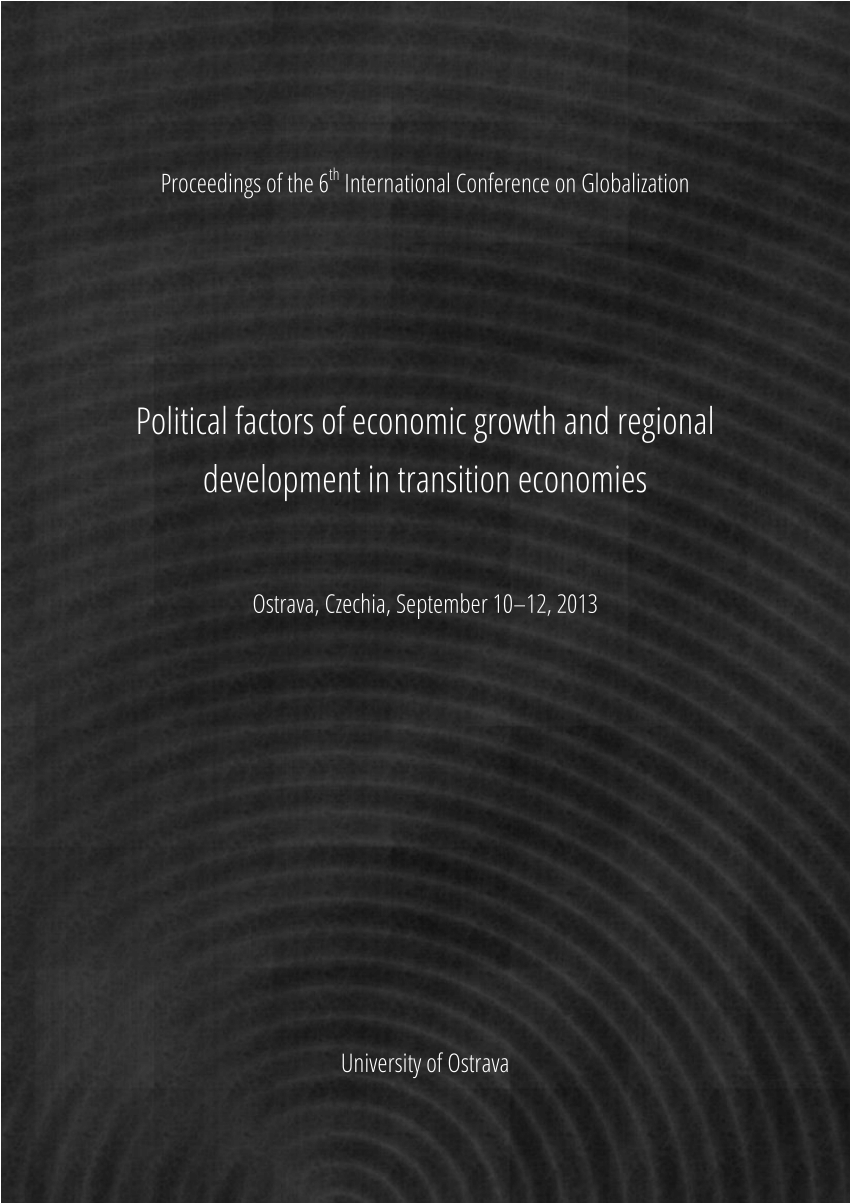
European (Dis) Integration. Geopolitical Challenges to Central-Eastern Europe in 2013
By Central-Eastern Europe (CEE) 11 EU member states are understood as those which joined the EU in 2004-2013. Countries of this region are facing geopolitical challenges both common to the whole region and specific challenges to each of them. Challenges differ as to their strength and durability, some of them are related to processes of long duration and some are changeable. Long duration (constant) challenges to the whole region resulting from their geopolitical location between core Europe and Russia, in the old zone of influence of the USA and the potential new zone of interest of China, at present are of minor importance as global superpowers do not undertake new actions addressed directly to the region or forcing countries of the region to react immediately. In such a situation current and changeable issues are coming to the forefront as challenges to CEE countries. The most important of them are related to the processes in the European Union that can be called as integration-disintegration of Europe. In particular, these challenges entail questions: 1. to join or not to join the euro zone?, 2. what should be the relationship between the euro zone and the rest of the EU?, 3. what should be the future of specific EU policies (cohesion policy, common agricultural policy, energy policy, environment protection policy, etc.)? Each country react differently to these questions depending on objective considerations (level of development, dependence on individual sources of energy, etc) and on subjective opinions of their leaders. For example, as to the first question, several groups of countries can be identified: 1. countries in the euro zone: Slovenia, Slovakia, Estonia, 2. countries that want to join it and are near to join it: Latvia, Lithuania, 3. countries that so far are distant to join it: Bulgaria, Romania, Croatia, 4. hesitating countries (wanting to join it in the future when/if the euro zone has fixed its shortcomings): Poland, Hungary, 4. a country declaring that it is not interested in joining the euro zone: the Czech Republic.




